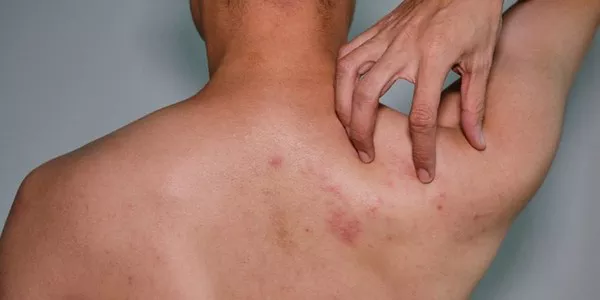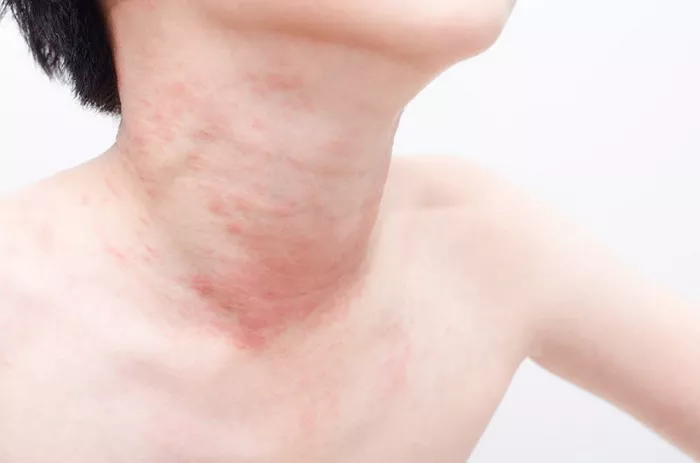Shingles, also known as herpes zoster, is a viral infection caused by the varicella-zoster virus—the same virus that causes chickenpox. After a person recovers from chickenpox, the virus remains dormant in nerve tissue. Years later, it may reactivate as shingles, leading to a painful rash typically appearing on one side of the body. This article explores the various approaches to managing shingles sores, focusing on effective treatments and home remedies to alleviate discomfort and promote healing.
Understanding Shingles Sores
Shingles typically manifests as a painful, blistering rash that affects a specific area of the body, often forming a band or strip along a nerve pathway. The first sign of shingles is often a tingling or burning sensation, followed by the development of a red rash and fluid-filled blisters. The pain associated with shingles can be intense and may persist even after the rash has healed.
The primary goal of managing shingles sores is to reduce discomfort, accelerate healing, and minimize the risk of complications such as postherpetic neuralgia—a condition characterized by persistent nerve pain. Treatment approaches vary based on the severity of symptoms and the overall health of the individual.
Medical Treatments for Shingles Sores
1. Antiviral Medications: The cornerstone of medical treatment for shingles is antiviral medications, such as acyclovir, valacyclovir, and famciclovir. These drugs can help reduce the severity and duration of the shingles outbreak if taken early in the course of the infection.
2. Pain Management: Over-the-counter pain relievers like ibuprofen or acetaminophen can help alleviate the discomfort associated with shingles. In more severe cases, prescription medications such as opioids or topical anesthetics may be prescribed.
3. Antidepressants and Anticonvulsants: Certain antidepressant and anticonvulsant medications can be effective in managing nerve pain associated with shingles, particularly in cases of postherpetic neuralgia.
4. Corticosteroids: In some instances, corticosteroids may be prescribed to reduce inflammation and speed up recovery, especially if shingles affects the eyes, ears, or other sensitive areas.
5. Topical Treatments: Calamine lotion, colloidal oatmeal baths, and capsaicin cream can provide relief from itching and discomfort associated with shingles sores.
Home Remedies and Self-Care Tips
While medical treatments play a crucial role in managing shingles, several home remedies and self-care strategies can complement traditional therapies and promote healing.
1. Keep the Affected Area Clean: Gently wash the shingles rash with mild soap and water to prevent infection. Avoid scrubbing or scratching the blisters.
2. Apply Cold Compresses: Cold compresses or ice packs can help reduce inflammation and alleviate pain. Avoid applying ice directly to the skin; instead, wrap it in a cloth.
3. Maintain Good Hygiene: Keep your fingernails short to prevent scratching, which can lead to infection. Wash your hands frequently, especially after touching the affected area.
4. Use Loose, Comfortable Clothing: Wear loose-fitting clothing made from soft fabrics to minimize irritation and promote airflow around the affected area.
5. Stay Hydrated and Get Adequate Rest: Drink plenty of fluids to stay hydrated and support the body’s healing process. Adequate rest is essential for recovery.
6. Manage Stress: Stress can weaken the immune system and exacerbate shingles symptoms. Engage in relaxation techniques such as deep breathing, meditation, or yoga.
Natural Remedies for Shingles Sores
Several natural remedies may offer relief from shingles symptoms, although scientific evidence supporting their effectiveness is limited.
1. Aloe Vera: Applying aloe vera gel to the shingles rash may help soothe irritation and promote healing.
2. Apple Cider Vinegar: Some people use diluted apple cider vinegar as a topical treatment for shingles to reduce itching and inflammation.
3. Essential Oils: Certain essential oils, such as lavender or chamomile, diluted in a carrier oil, may provide relief from pain and discomfort when applied to the affected area.
4. Oatmeal Baths: Taking a lukewarm bath with colloidal oatmeal can soothe the skin and alleviate itching caused by shingles.
When to Seek Medical Attention
While most cases of shingles can be managed at home with over-the-counter remedies and self-care, certain symptoms warrant immediate medical attention:
- Persistent or severe pain that does not respond to over-the-counter medications
- Shingles rash affecting the eyes or ears
- Signs of bacterial infection, such as increased redness, swelling, or pus around the blisters
- Weakened immune system due to conditions like HIV/AIDS or undergoing immunosuppressive therapy
Conclusion
Managing shingles sores requires a multifaceted approach that combines medical treatments with home remedies and self-care strategies. Early intervention with antiviral medications can help reduce the severity of symptoms and prevent complications. Home remedies such as cold compresses, aloe vera, and oatmeal baths can provide relief from pain and discomfort.
It’s essential to consult a healthcare professional if you suspect you have shingles or experience persistent or severe symptoms. With proper treatment and care, most individuals can recover from shingles and prevent long-term complications such as postherpetic neuralgia.
Related Topics:

























